Yorkshire Tar Distillers
Memories of working at Yotar – by David Wiles
I first saw the word YOTAR in the 1950’s, it featured regularly in the football reports in the Barnsley Chronicle. They were a successful local football team and I remember thinking it was an odd name for a football team. Later my father explained that it was a shortened name for Yorkshire Tar Distillers.
I started working for Yorkshire Tar Distillers in either 1961 or 1962. My first impression was of the smell, the whole area seemed to smell of tar products. I worked in the laboratory. The Chief Chemist was Bob Clifton, an unmistakeable figure with euxuriaent moustache.He would often look in the mirror and twirl the ends of his moustache. Other people in the laboratory were Robert Worrall, always known as Bob Jack, Ronnie Hogley, Rob Laughton,Brian Wills, later I remember John Driver and Martin Wells working there.
The main products that were distilled at Stairfoot were Phenol, ortho-cresol, meta-cresol, para-cresol and Pyridine. Some Napthalene was also produced but I do not recall ever working with Napthalene perhaps somebody else did. Our job in the laboratory was mainly to sample and test the products for purity.
Above the main laboratory was the research Laboratory. The chemist in charge of the research lab was David Holmes. Visiting the research lab regularly was a Dr Holdsworth who was based at the Knottingley. One of the chemicals the research lab worked with was Pyrolle. I am not sure if Pyrolle ever went into production , it certainly did not at Stairfoot.
The acids , Phenol, and the Cresols were produced in one plant and Pyridine ,a base produced in another.The smell of Pyridine I found unpleasant the clothes worn at work could not be worn away from work,the smell persisted on the clothing even after washing. Phenol had the typical coal tar smell.
The names of workers I remember working on the production plants include ,Alan Morrow, Ronnie Morrow, Charlie Pratt, Ken Newton, Bill Conway, Arthur Haynes, and Alan Haynes. I think Ken White was the foreman fitter, Jack Wake drove a small tanker and other names were Irvin Ball and his son Lewis Ball. The General Manager was I think Harry Deacon/ Deakin, Reg Hawke was the Chief Clerk and a lady called Benson [ could have been Thelma Benson] was in charge of the small office and weighbridge.
The railway line ran next to the plant,but I do not recall having anything to much to do with the tankers or railway line. Most of the chemicals seemed to leave the plant by road tanker.
I enjoyed working at Stairfoot the humour and the banter among the men who worked there was good and they all had stories to tell. When rumours of closure became fact I left in 1968 and began working at Newton Chambers in Chapeltown.
David Wiles August 2018.
Memories of Working at Yorkshire Tar, Distillers, Stairfoot Works – Recollections by Jeff Broadhead
Upon leaving school in 1959 I along with five other young men i.e. Ken Young, Trevor Sykes, Alan Wheatcroft, Tony Matthews and Keith Owen started as an apprentice fitters at Yo-tar as the works was known as locally. Three of us Trevor Sykes, Alan Wheatcroft and myself were from the same class at Oaks Secondary Modern School and lived in the same street, Stanley Road Stairfoot.
The works was accessed by a road which still exists today, leaving the main Doncaster Road, at the bottom of Ardsley Hill and now provides access to a tile store. Two cottages (now demolished) were rented out by the company to two tradesmen and their families. In the event of any emergencies at the works they could be called out quickly.
The Manager was Mr Harry Deacon who lived with his family in a large house on the edge of the works. Mr Deacon had three daughters and one son, all having Christian names beginning with the letter D. He used to drive quite large motor cars, which he used to get from Thompsons Motor sales showroom situated adjacent to Cundy Cross Roundabout. I believe they were Hillman cars. He was a good Manager and he always had time for the staff and works personnel. The Chief Chemist was a man called Bob Clifton who worked in the laboratory with a young man called Ron Ogley.
The works were situated on the former New Oaks Colliery site, exactly what chemicals were produced I am not sure, as it was nearly sixty years ago, but there was a large section of by products from the distilling of tar, Naphthalene and pyridine, are two I remember and I thinks Naphthalene was used in firelighters, air fresheners and mothballs.
There was a multitude of pipework criss-crossing the works some carrying steam, water and chemicals leading predominantly to large vats, which were called still. I remember notices warning us of the dangers of the chemicals and tar products one in particular I recollect was a picture of ‘ROBERT BURNS AND SO DOES ACID’ everyone wore caps.
There was a very active sports scene at Yo-tar in particular the football team who for many years were the top team in the local leagues winning many trophies. The team was managed by a man called Harry Haines who along with his two brothers Arthur and Barry worked at the plant, their sister Beryl is still landlady at the Keel In at Stairfoot. Many of the workforce, lived locally a father and his two sons called Wake lived on Deputy Row on Wombwell Lane (the houses still stand today), who if they were running late for work used to take a short cut across the railway lines between Wombwell Lane and the works. I seem to remember that they were warned by police for trespassing on the railway.
The company had other sites in Yorkshire e.g. Cleakheaton, Klinhurst, Knottingley and Stourton. The company was owned by a family called Sugden and we used to compete with various sites at various sports for the Sugden Cup.
We apprentices used to work Saturday mornings with main purpose to mark out the football pitch for the afternoon match. We used sawdust to mark out the pitch which we obtained from a small shed used by two brothers called Sharland, they repaired wagons for the railway. The railway shop was adjacent to Stairfoot railway station we used to quickly mark out the field and then produce a football hidden at the bottom of the sack containing sawdust. Everybody knew including the manager what we did. The football pitch was adjacent to the Brickyard quarry and if Yo-tar were winning, with five minutes to go the match ball would finish up in the quarry. (No Fergie time in those days)
I remember an occasion in the 1960’s the Royal Train passed through Stairfoot we all lined up in our overalls to wave to her majesty.
In 1966 all the apprentices I started with in 1959 were out of our time, left to work at various firms in the Barnsley area.
I think the site went on for a few more years but eventually closed. Those days are fondly remembered as Yo-tar along with the local firms provided jobs and security for the local community.
Jeff Broadhead (November 2017)
Acknowledgements
- Archive Services, Sandwell, Smethwick, West Midlands
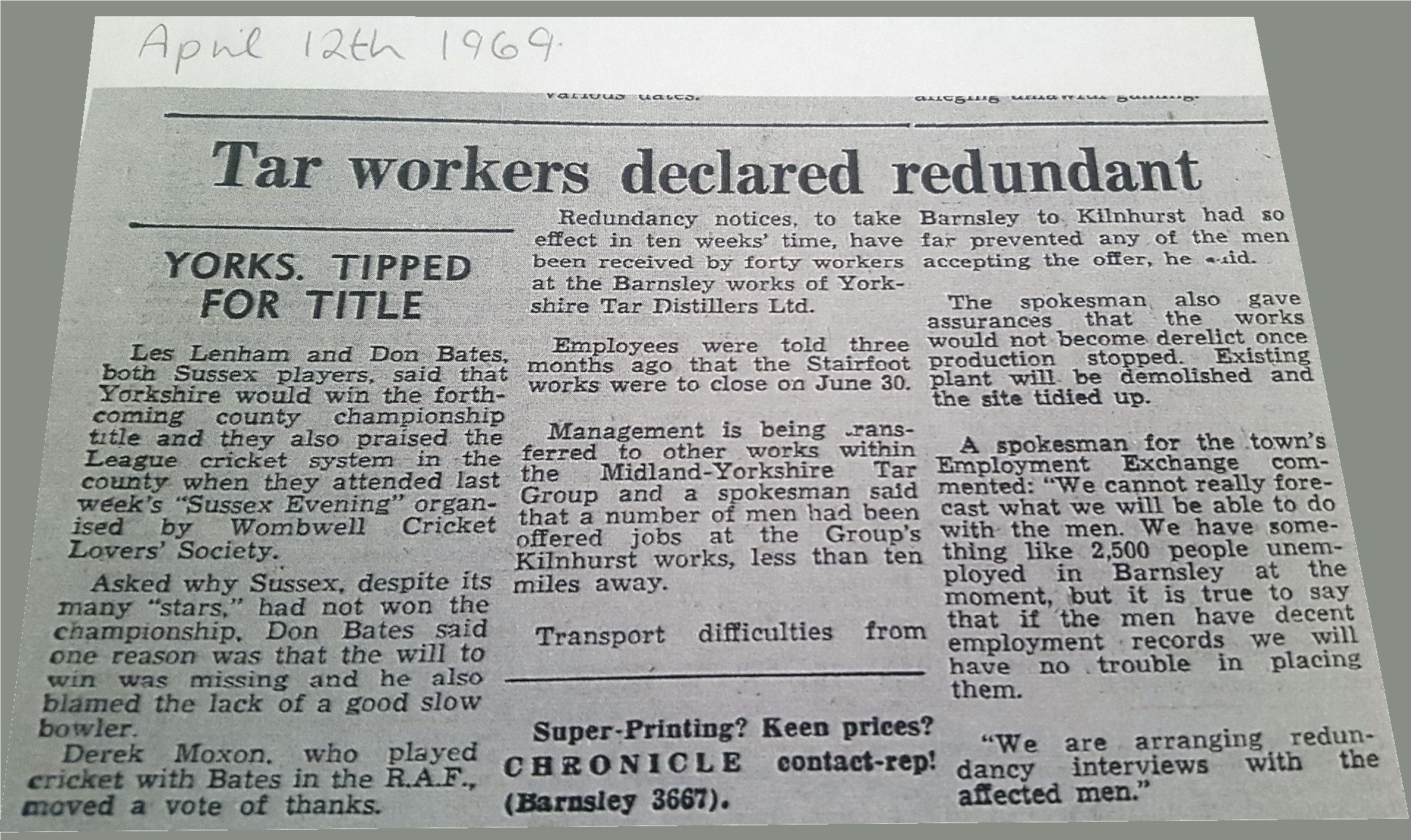
Tar Workers made Redundant April 1969
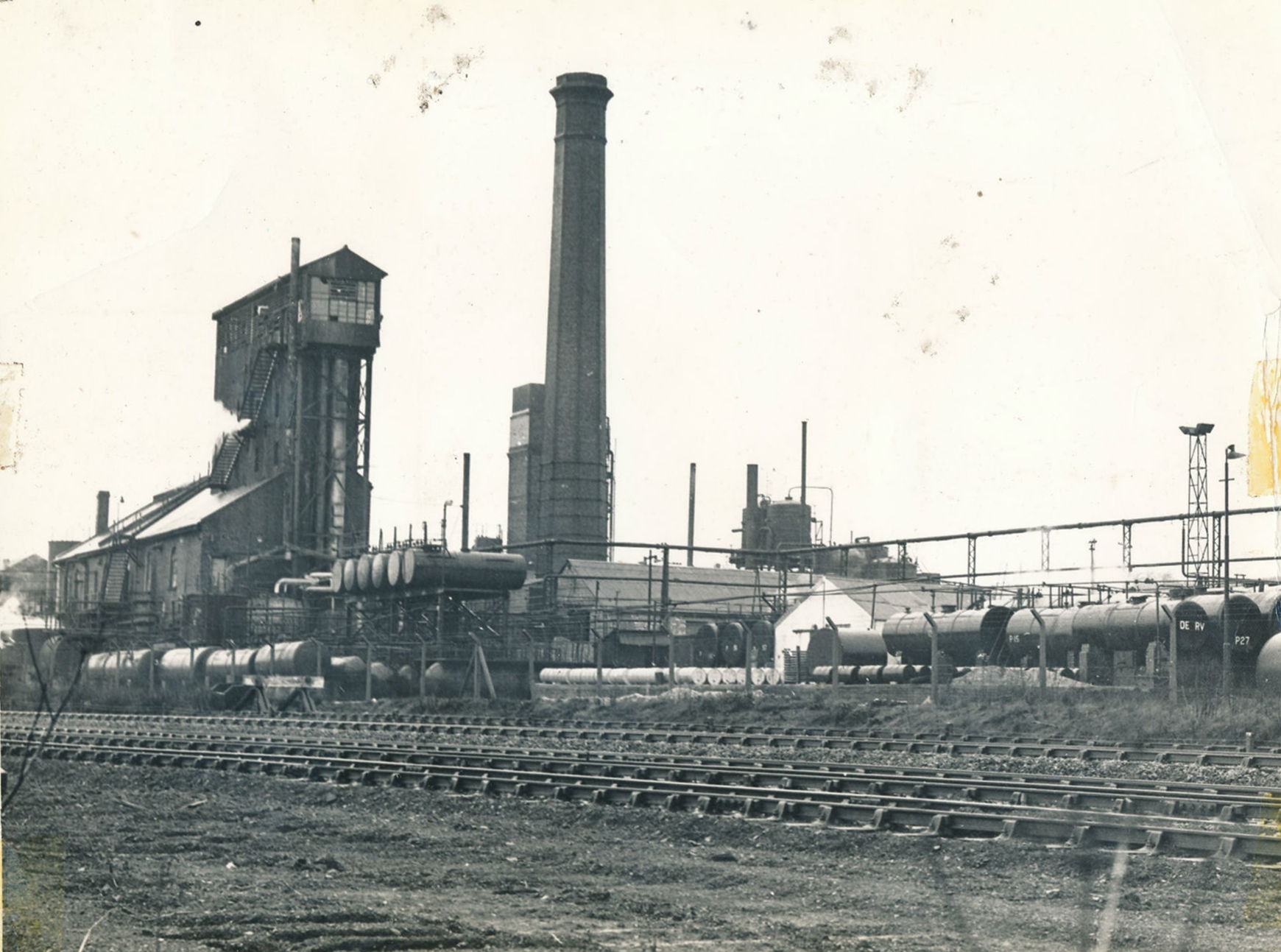
View of Tar Distillery from Wombwell Lane 1969
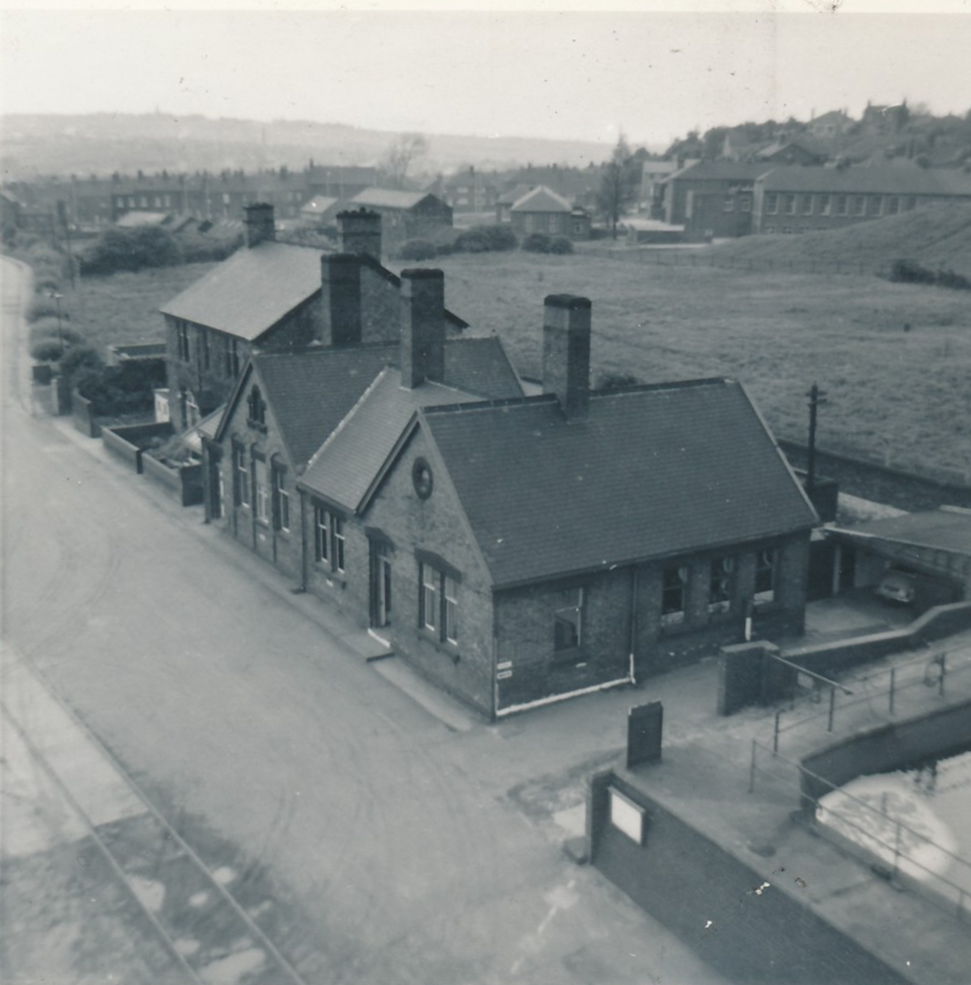
Tar Distillery Offices
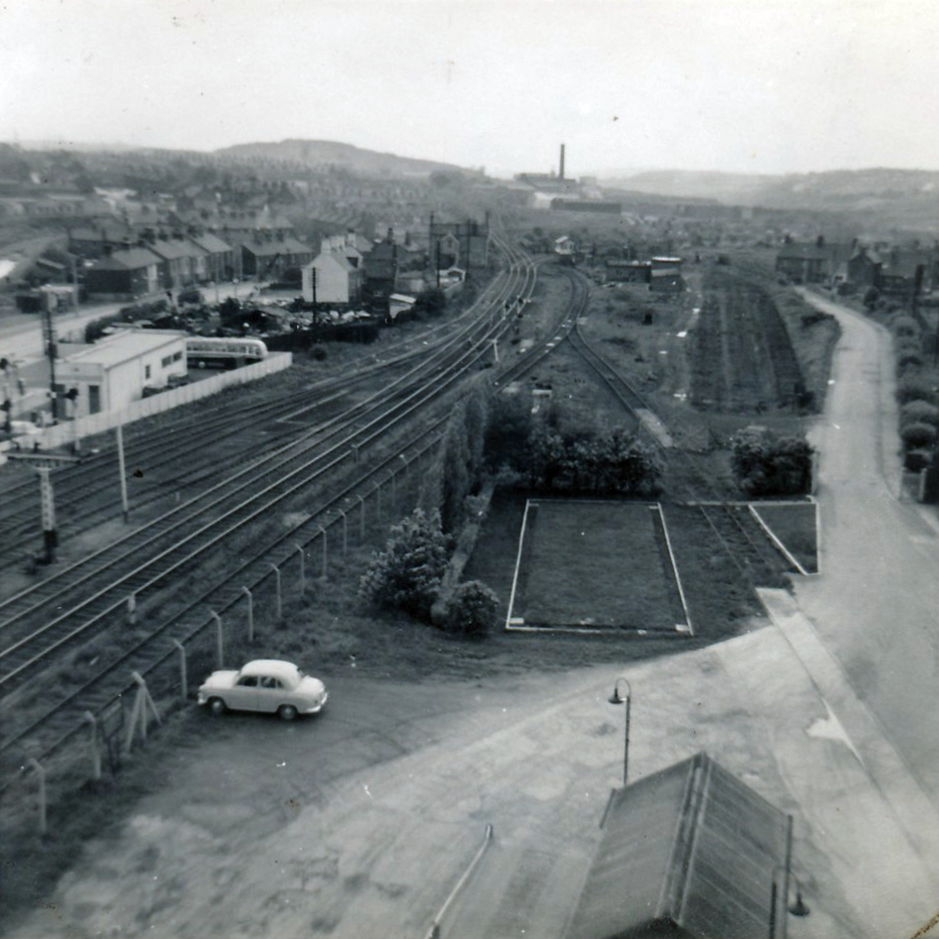
View of access road looking towards Stairfoot and beyond
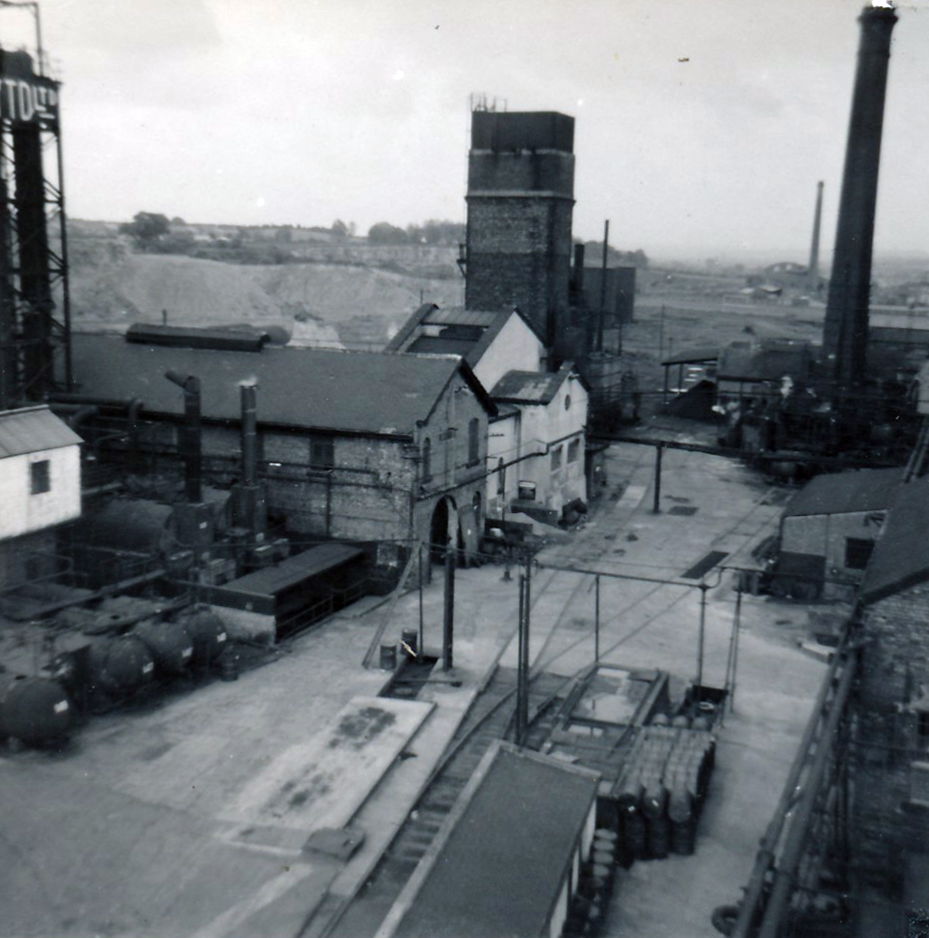
View of Tar Distillery Works
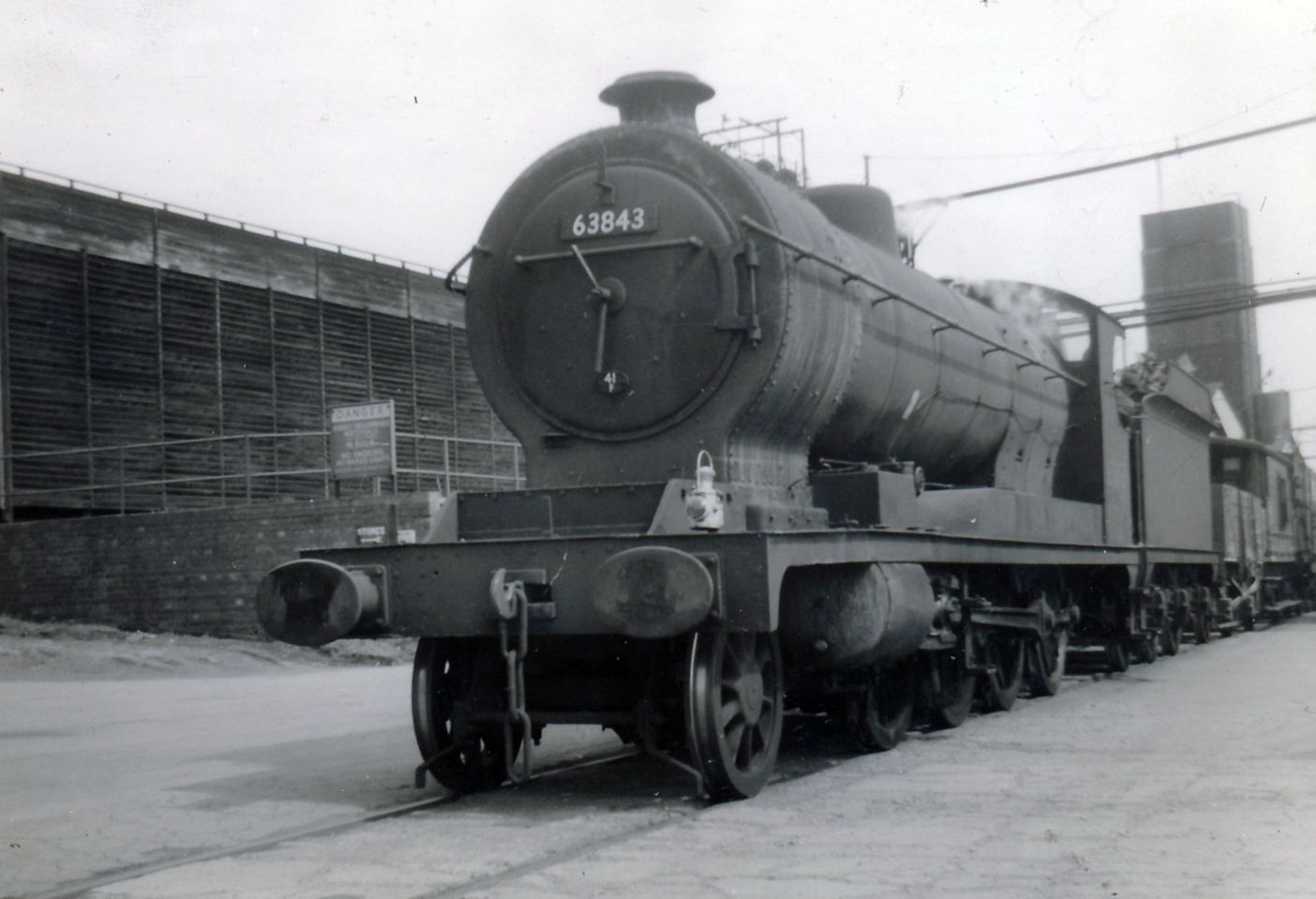
Freight Locomotive delivering or collecting goods from YTD
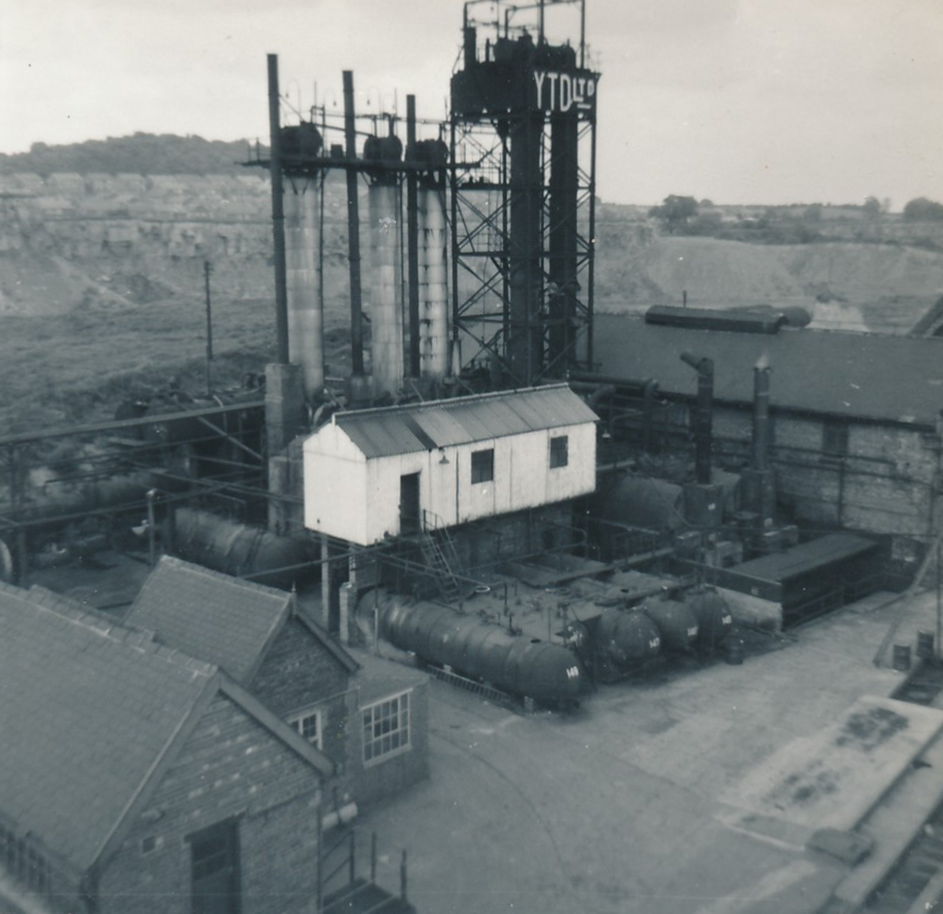
Freight Locomotive delivering or collecting goods from YTD
Stairfoot Station Heritage Park
Copyright © Stairfoot Station 2023 All right reserved.
Designed by Bits and Pieces Computers
